
“I want to fight–first as your rival,
standing against you with an old vengeance,
since absurdly and without mercy you
turned me into a vassal through love and force.
Then after clearing these disputes of my gender,
I want to fight against the agonies of life,
courageously like you–hand in hand,
facing this struggle to be or not.”
-Shushanik Kurghinian, “I Want to Live,” (1907).
One of the sources of inspiration for starting The Highlander magazine were Armenian female writers. These intellectual and brave women played a significant role in our society and literary world. They raised questions and challenged social norms. Yet, our society often fails to recognize their brilliance and doesn’t praise them enough even today. This tendency of failing to recognize women’s roles and values is not limited to literature.
In patriarchal societies such as ours, women are not seen as individuals of equal merit. In such societies where only men and their achievements are valued, it is hard to imagine women in spheres other than the domestic domain. This goes to show how women’s role is defined in Armenian reality.
Although Armenia is making progress, we cannot say that we are anywhere close to gender equality. Not only are the laws and policies regarding gender equality insufficient, but also the existing ones are only on paper. The laws are not properly enforced. The cultural and social understanding of gender roles and norms prevail and define our day-to-day dealings regarding gender issues.
The consequence of this is that very often women’s safety and wellbeing are under a threat. The most obvious indicator of this is the high rate of domestic violence and sex-selective abortion, both of which are direct threats to the very existence of women.
The main cause of sex selection is the preference to have a son. According to research on Altered Gender Roles in Armenian Families, “Only 46.5% of men and 54.2% of women do not give preference to gender. This means that half of the population does have a preferred gender. It is worth mentioning that 45.1% of men prefer having a boy as opposed to 26.5% of women.”
According to Armenia’s Ministry of Health, in 2020 there were 111.3 boys born for every 100 girls. The data from the World Economic Forum shows that in 2017, Armenia was among the worst-performing countries globally in terms of the lowest female to male sex ratios at birth.
In 2016, the law of reproductive health was changed by the government and sex-selective abortion was officially prohibited. Although changes were made in the law to prevent sex-selective abortion, the situation still remains worrisome because of the strong gender discrimination present in the country.
Domestic violence is another one of the most pressing gender issues in Armenia. In 2021, there were 556 reported cases of domestic violence in the country. The real number is much higher as many of the cases are never reported because of the stigma and shame around it. According to a Demographic and Health Survey conducted in 2017, 4 out of 10 victims of physical or sexual violence never report it.
Men and gender equality sociological research conducted in 2016 shows that very often, Armenian society justifies violence against women. It is normalized to such a degree that 27.7% of the respondents thought that there are certain cases when women deserve beating.
Unfortunately, the list of issues women face in our society is a long one. And change is yet to come. But how do we expect change to happen if there isn’t a single female writer represented in the eighth grade Armenian Literature textbook? Ask any ninth grader to name an Armenian female writer and they will mention just one — Silva Kaputikyan. Ask them to name Armenian male writers and they will name you way more. And not only are women underrepresented in our school textbooks but they are portrayed in stereotypical ways.
How do we expect change if women are still kept away from the decision-making roles and power positions? If there is no equal representation in politics then there cannot be rational and fair decisions for all citizens. Women are only a minority in the government and the majority of their positions are administrative and not managerial or decision-making ones.
Should you need any proof, all you need to do is to take a look at the list of our ministers, municipal and regional governors, parliament members, judiciary and you will find all the facts you need.
To make any progress regarding these issues we need a whole new set of solutions starting from educational reforms, to policy development, to raising public awareness and so on. The journey to address these issues is long and complicated but to achieve equality and social justice we all need to create a united front.

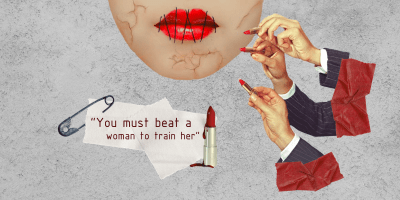
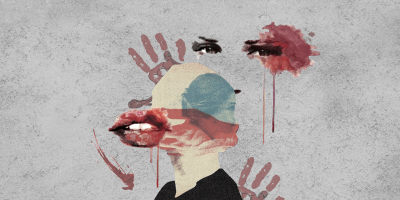
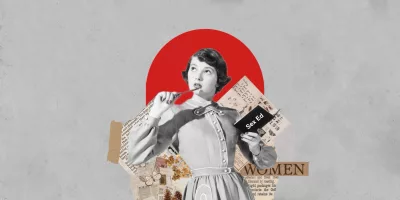
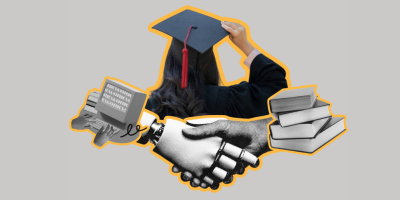

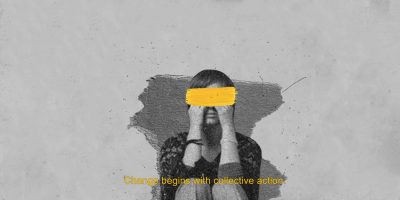

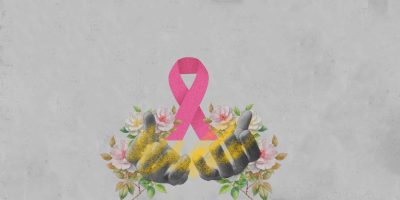


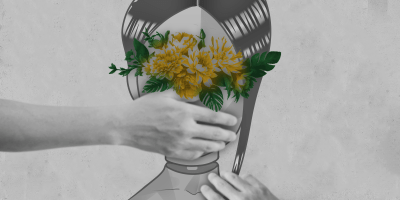
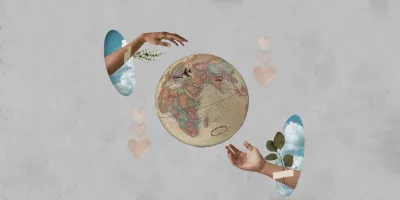
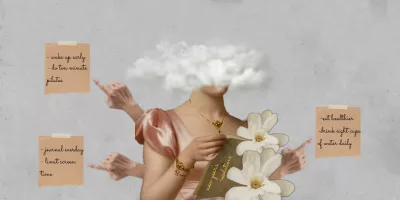
👏🏼👏🏼👏🏼